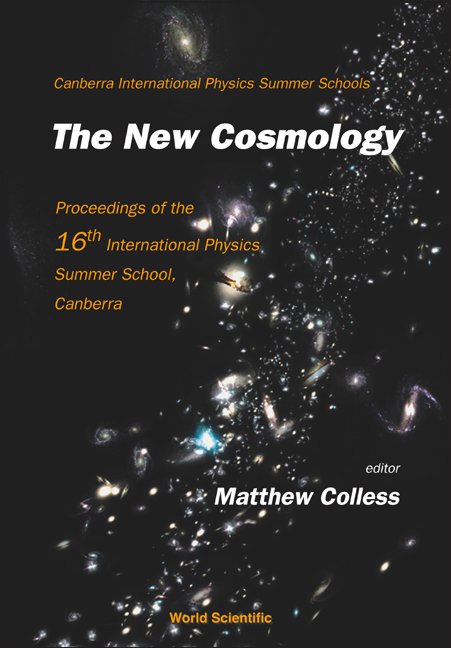THE EXPANDING AND ACCELERATING UNIVERSE
Measuring distances to extragalactic objects has been a focal point for cosmology over the past 100 years, shaping (sometimes incorrectly) our view of the Universe. I discuss the history of measuring distances, briefly review several popular distance measuring techniques used over the past decade, and critique our current knowledge of the current rate of the expansion of the Universe, H0, from these observations. Measuring distances back to a significant portion of the look back time probes the make-up of the Universe, through the effects of different types of matter on the cosmological geometry and expansion. Over the past five years two teams have used type Ia supernovae to trace the expansion of the Universe to a look back time more than 70% of the age of the Universe. These observations show an accelerating Universe which is best explained by a cosmological constant, or other form of dark energy with an equation of state near w = p/ρ = −1. There are many possible lurking systematic effects. However, while difficult to completely eliminate, none of these appears large enough to challenge current results. However, as future experiments attempt to better characterize the equation of state of the matter leading to the observed acceleration, these systematic effects will ultimately limit progress.



